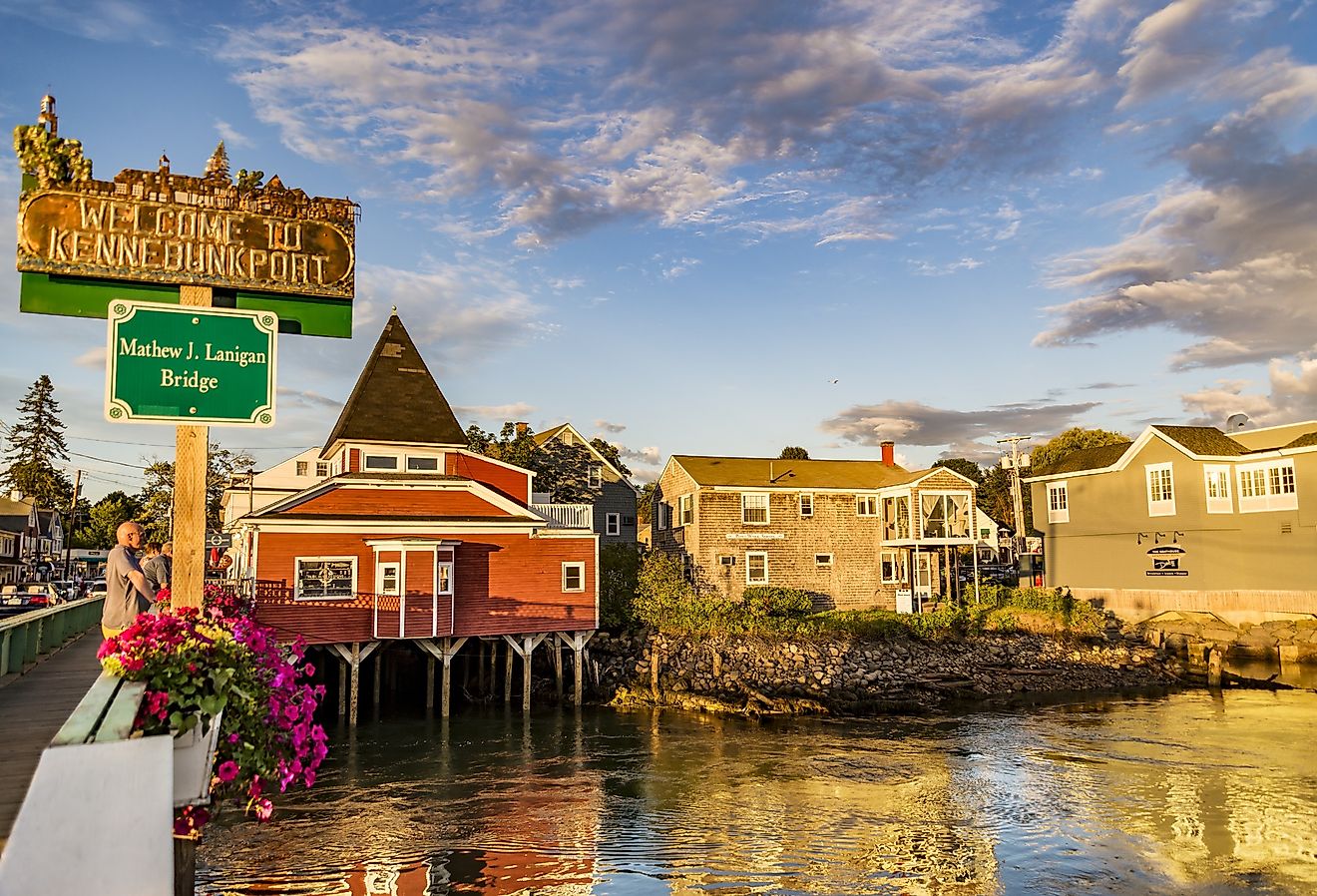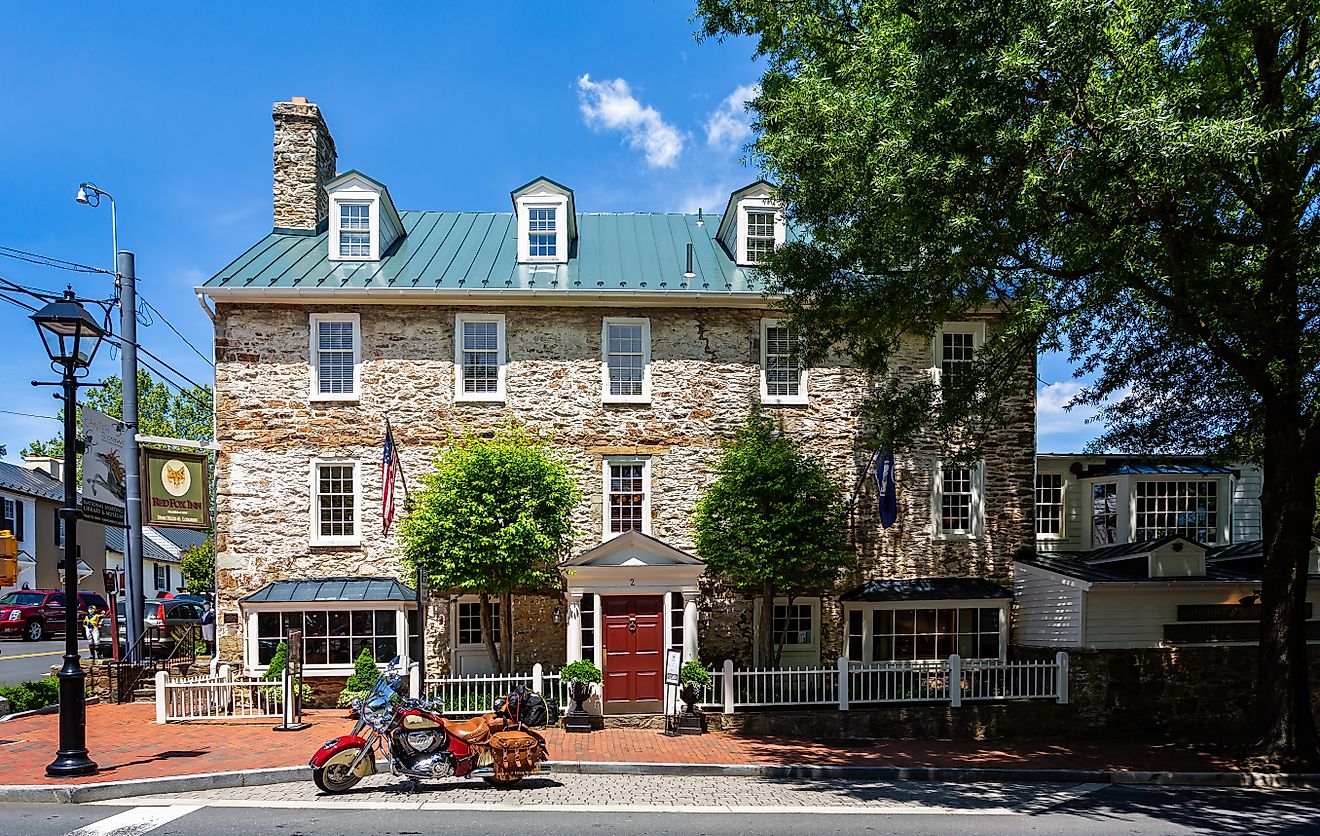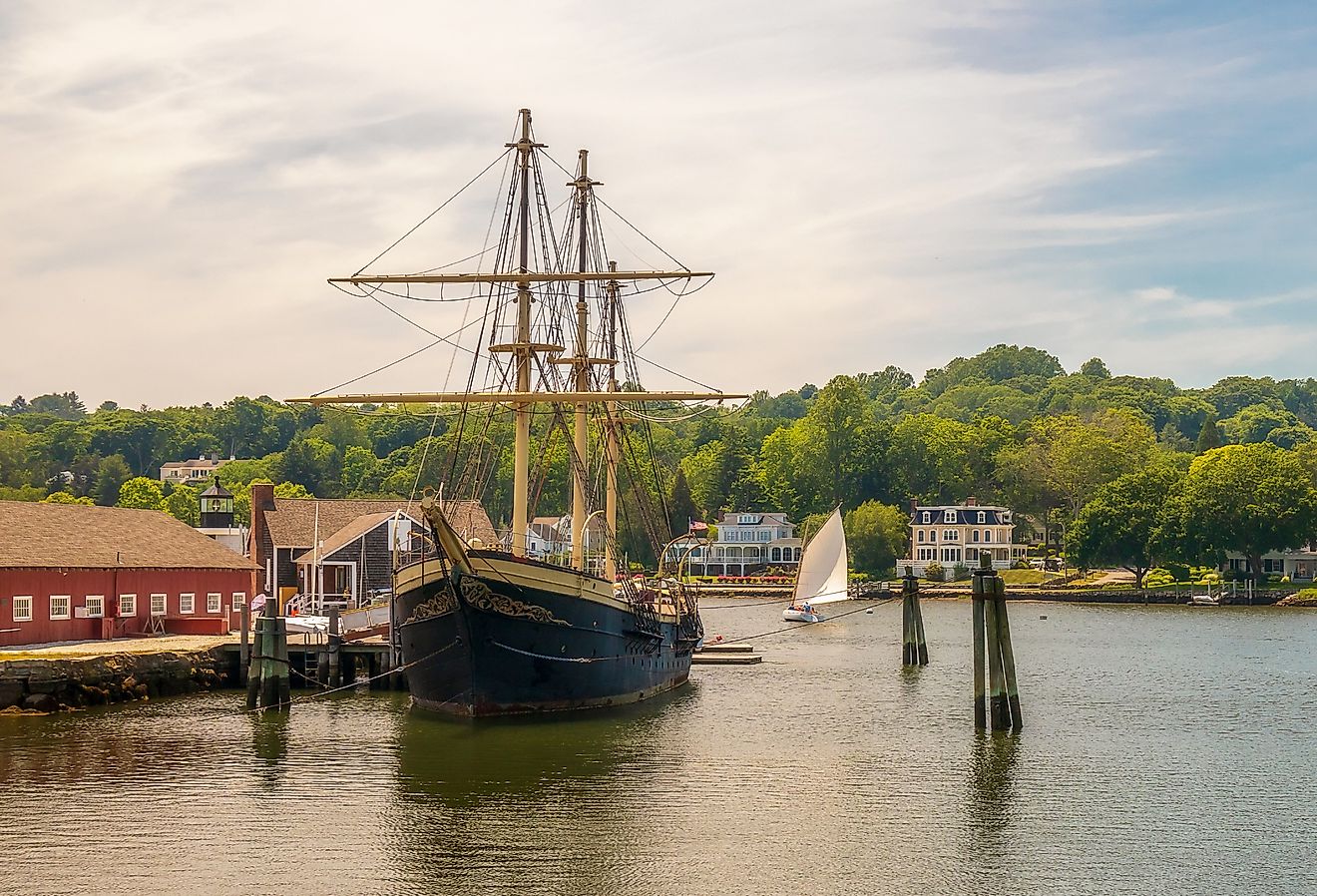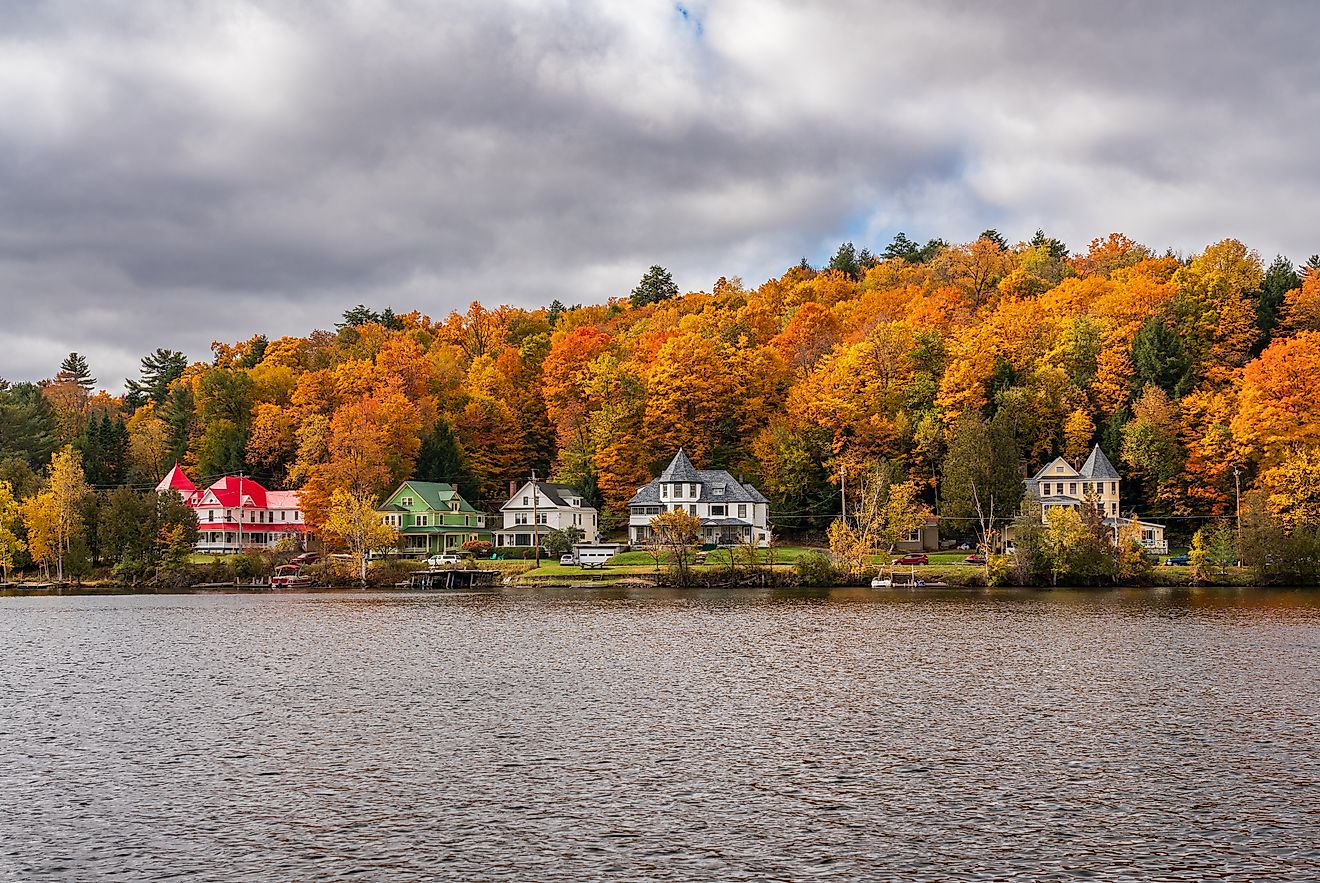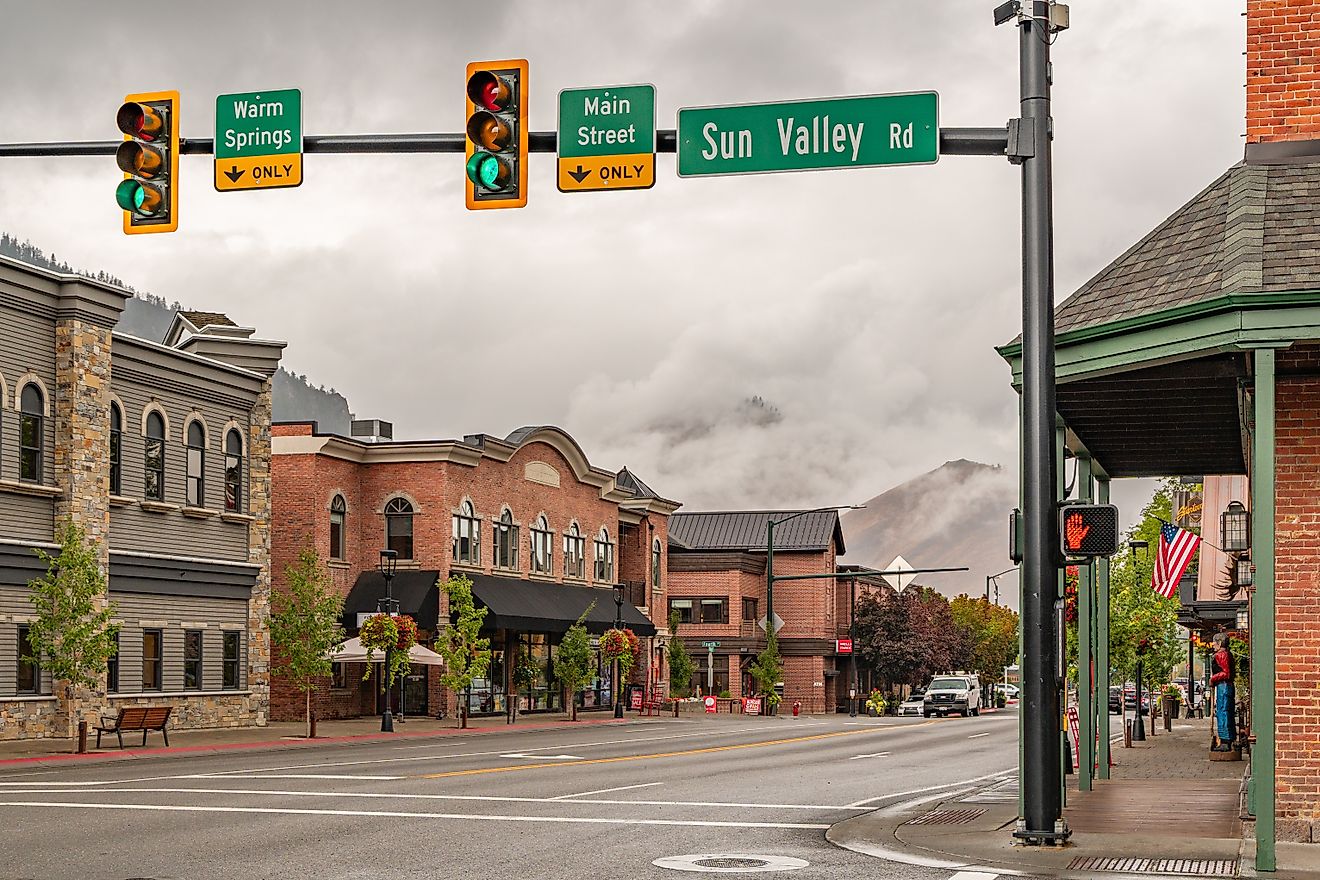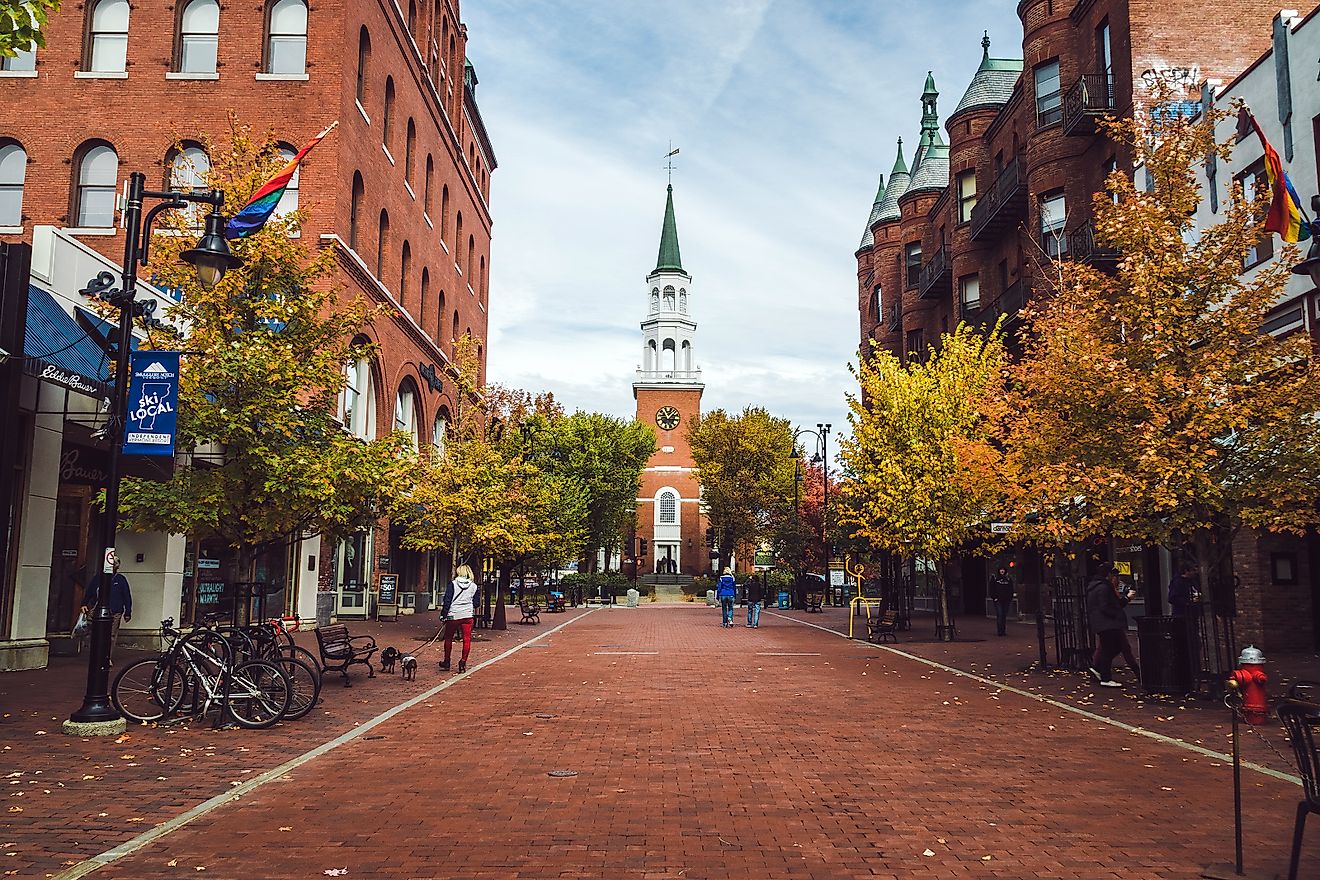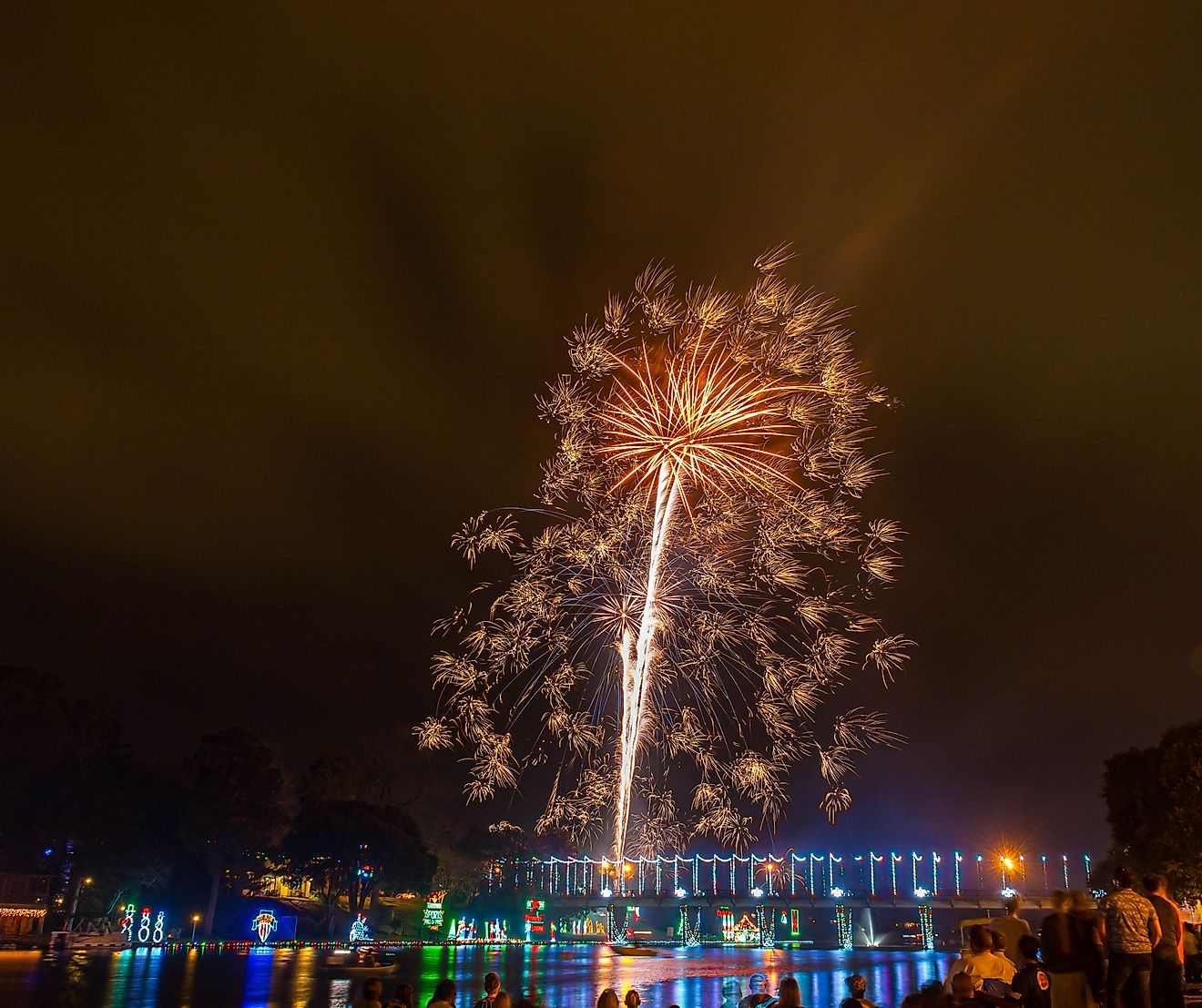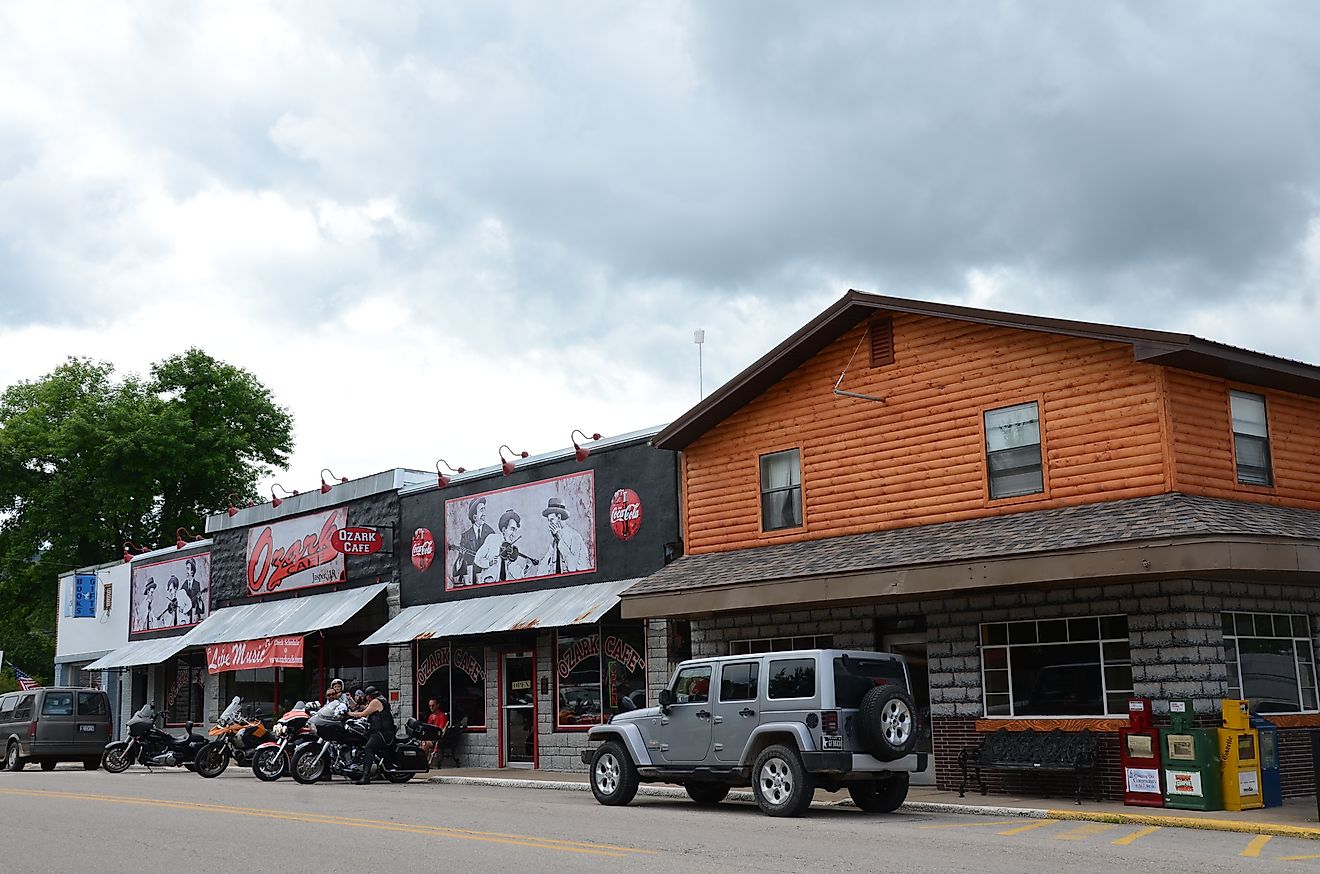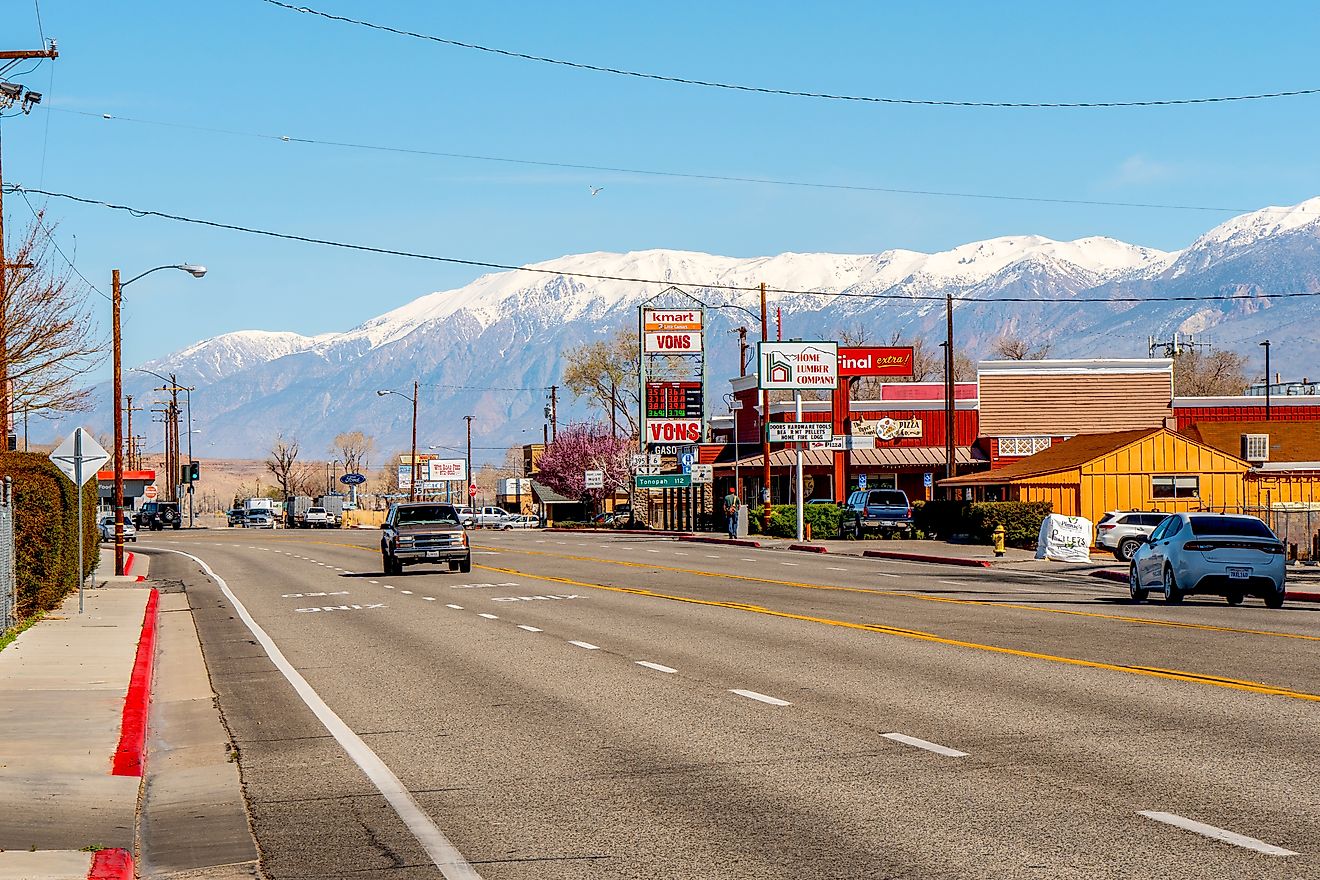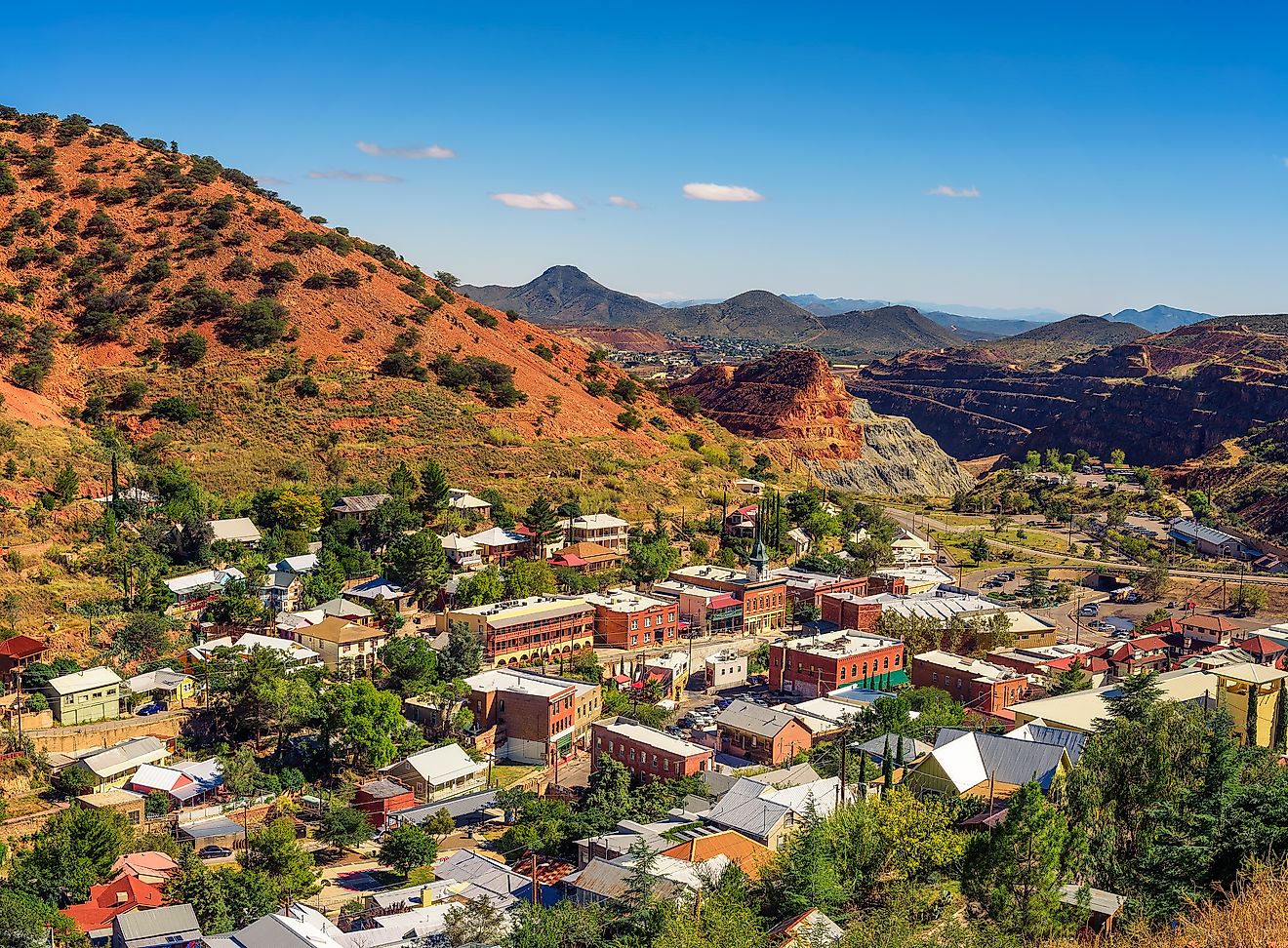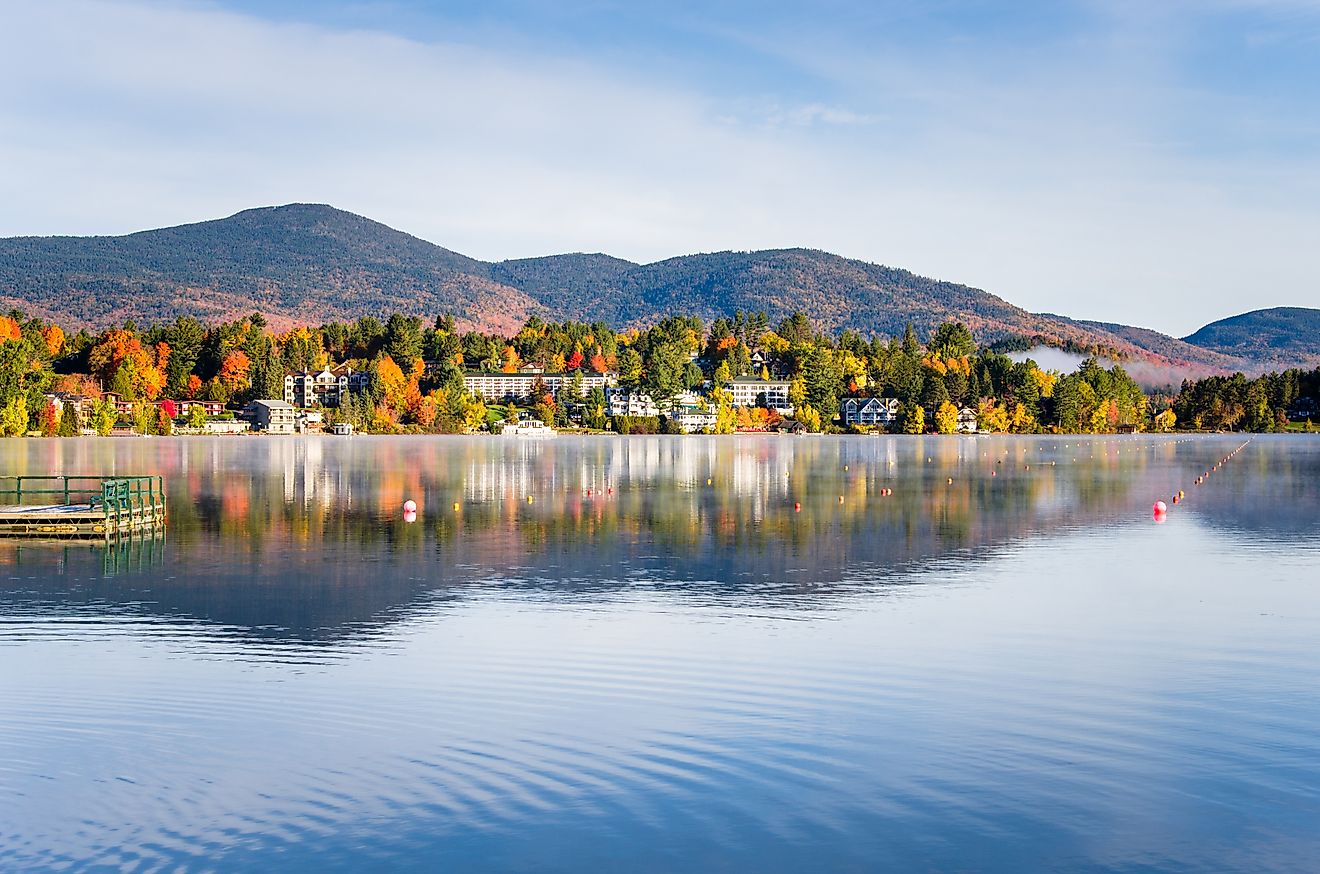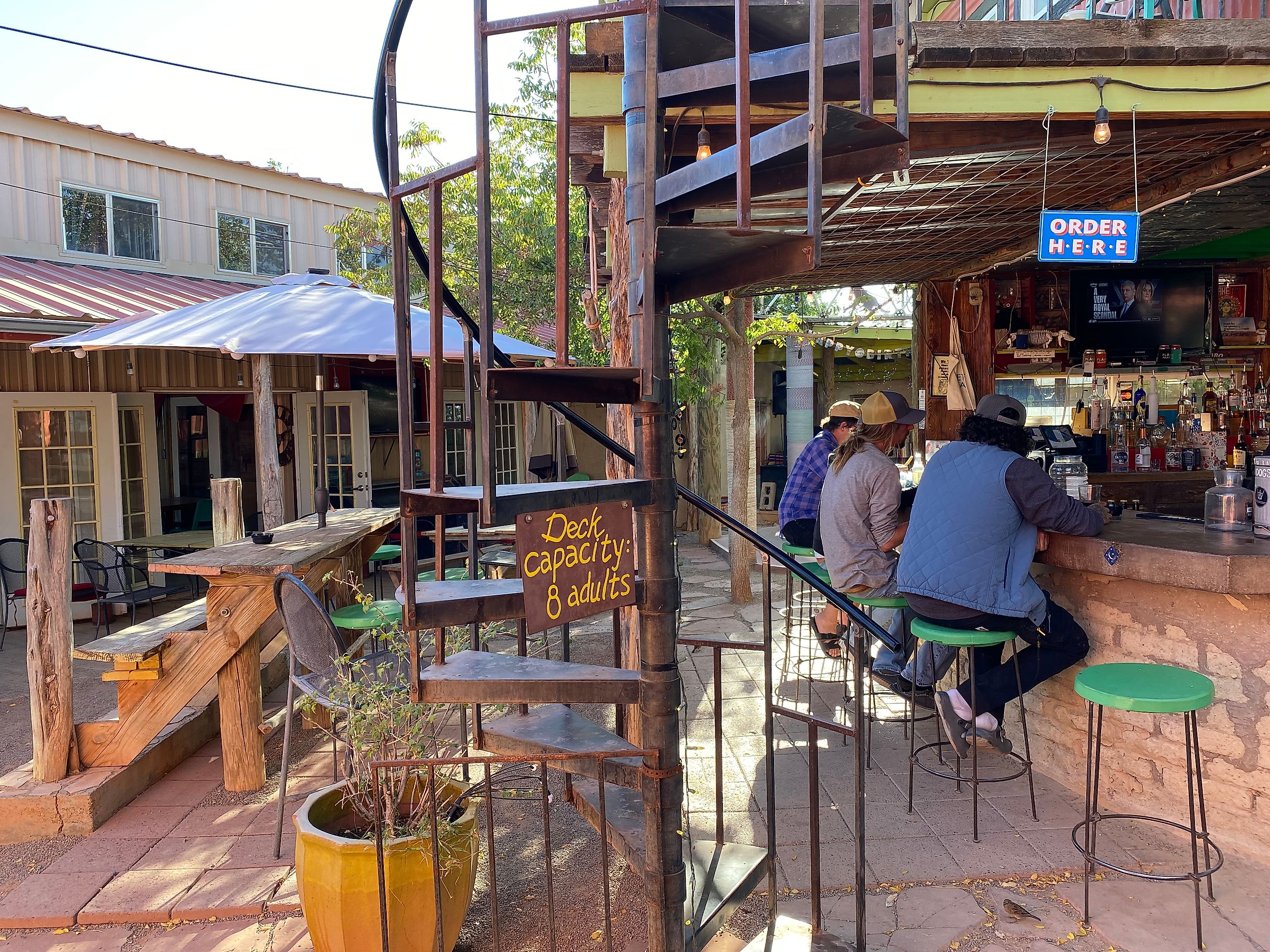
The 10 Friendliest Little Towns In Texas
Travel advisory (updated July 8, 2025): Several Central Texas rivers and parks remain under flood advisories or temporary closures after early-July flash floods. Always confirm local conditions before planning water-based activities.
Step off Interstate 35, roll down the window, and count the “howdy”s before you reach the next stop sign. That unscientific tally, our Friendly Index, guided this roundup of ten towns where strangers treat out-of-staters like long-lost cousins.
What follows isn’t a list of postcard settings or foodie meccas; plenty of those exist elsewhere. Instead, these towns made the cut because friendliness is baked into their daily routine. From a Panhandle hamlet that still posts hand-painted “Gone to Lunch” signs to a Hill Country enclave where the mayor doubles as the Friday-night bingo caller, you’ll find proof that Texas hospitality survives best where the streetlights blink past ten. Pack a loose itinerary; odds are a local will rewrite it before lunch.
Blanco
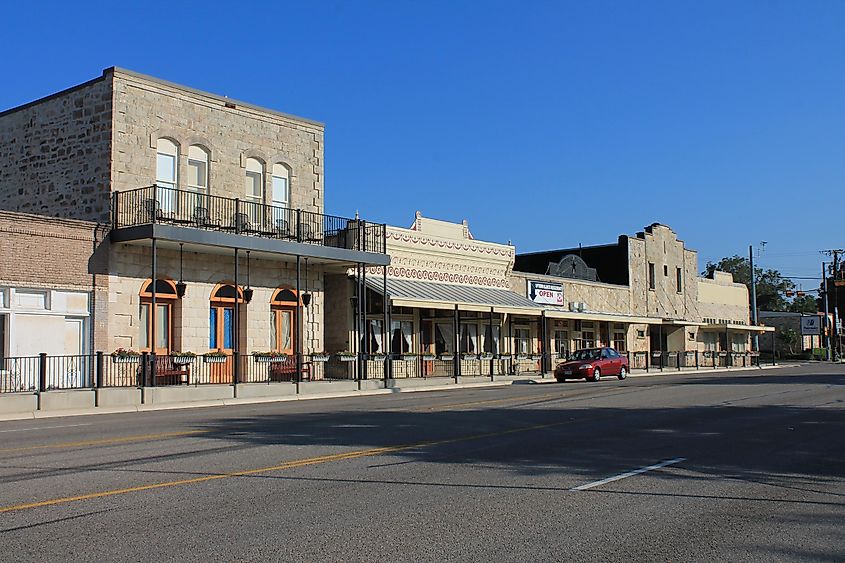
At the heart of the Texas Hill Country, Blanco is best known for something unexpected: lavender. The town hosts the annual Blanco Lavender Festival every June, drawing growers and visitors from across the state. It was one of the first places in Texas to commercially cultivate the herb, and that legacy continues today. Blanco’s compact town square and preserved limestone architecture speak to its mid-19th-century German roots, while its pace and attitude reflect something more modern: openness. Locals wave. Strangers talk. It’s not a marketing gimmick; it’s a practice.
Visit Real Ale Brewing Company, one of the oldest independent craft breweries in Texas, for a tour and a taste of their Firemans 4 Blonde Ale. Grab a plate of smoked brisket at Old 300 BBQ, just off the square, where the pit runs daily and locals crowd in early. Walk over to the Buggy Barn Museum to view an extensive collection of 19th-century carriages, some of which have appeared in films like True Grit. End the afternoon at Blanco State Park, where you can stroll the riverbank or picnic under the pecans or hike the short but scenic Caswell Nature Trail.
Bandera
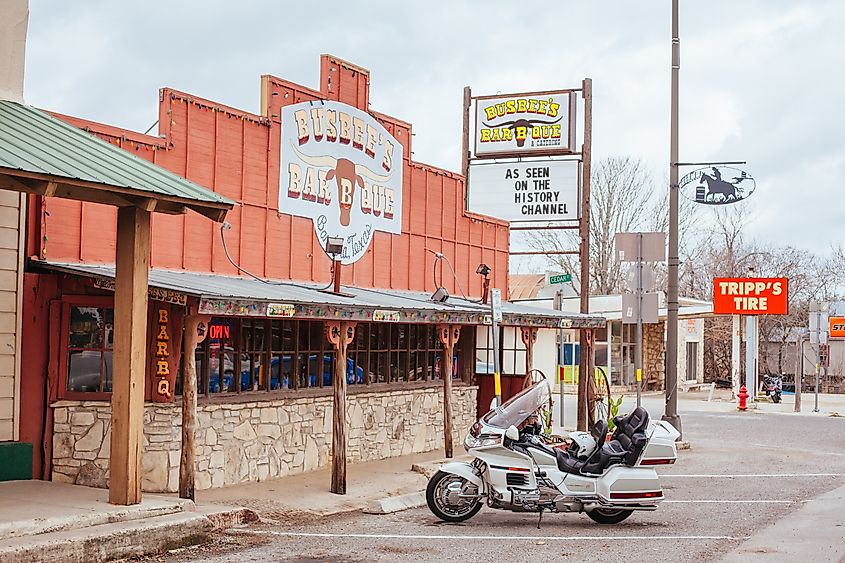
Bandera opens with its claim as the “Cowboy Capital of the World,” a title celebrated in rodeos held downtown and the historic Buckhorn Saloon’s mile-deep well, drilled in 1913. The town’s Western heritage isn’t just for show; it’s alive, with locals greeting visitors first with a nod, then by name. Bandera’s blend of hill-country ranch life and community ritual fosters casual conversation on Main Street or at a dance hall during live Western swing performances.
The Cowboy Capital Ranch Rodeo is the perfect place to watch local ranch hands compete in team roping and cow horse challenges. (check ahead; several July events were canceled when the Medina River overtopped its banks). Step inside the Frontier Times Museum on State Highway 16 to examine Old West artifacts, including a weathered sheriff’s badge from 1880. Lastly, end your day by strolling around the beautiful Bandera City Park and maybe catch a siesta by the water.
Llano
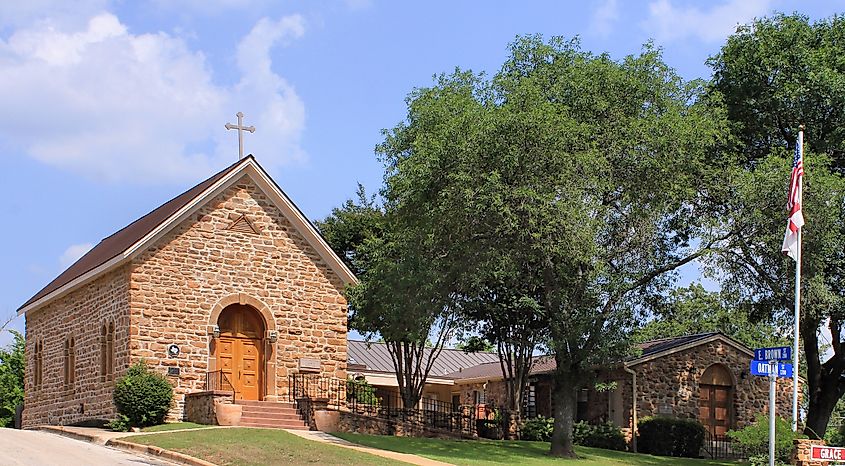
Llano stands out for its claim to Texas pecan royalty: the town sits at the center of the state’s largest pecan orchard, and each September celebrates with the Llano Pecan Festival. That niche pull, counting pecans by the ton, creates direct connection points with locals. Conversations spark immediately when someone spots your festival bag or recognizes the orchard’s logo.
The Llano County Historical Museum offers a chance to study early ranch tools and records documenting Jesse and Frank James’s 1882 train robbery in nearby San Saba County. Cooper's Old Time Pit Bar-B-Que serves legendary, smoky mesquite-grilled meats, generous portions, and authentic rustic Hill Country warm hospitality. Lastly, Grenwelge Park lines the scenic Llano River, offering shaded picnic tables, riverside fishing, a historic low-water bridge, and peaceful Hill Country year-round relaxation. Parts of the Llano River walkway may be closed until debris is cleared.
Port Aransas
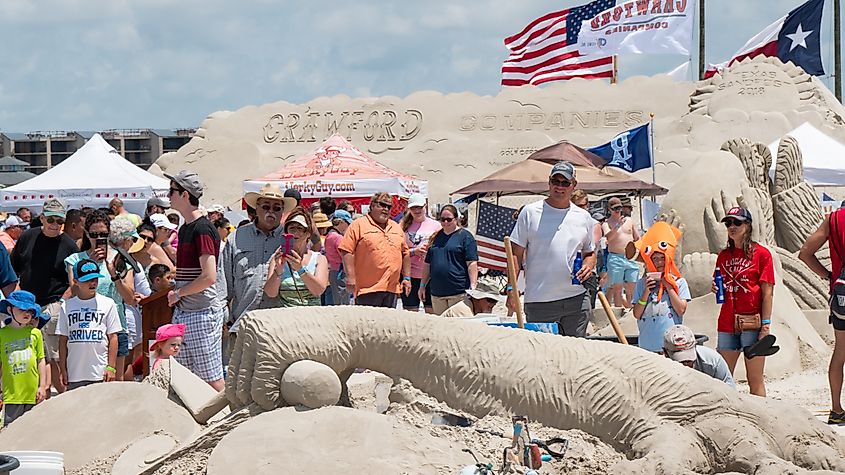
Port Aransas is the only town on Mustang Island, but it’s not just the Gulf setting that makes it distinct. For decades, it’s been a base for serious saltwater anglers and sandcastle sculptors alike, where a beach cart is as common as a pickup. It’s one of the few places in Texas where fishing boats, beachgoers, and birders all share space, and where locals ask where you’re from before asking what you’re doing.
Start with a walk through the Port Aransas Museum, where staff will tell you the story behind the hurricane-damaged schoolhouse relocated board by board. Book a dolphin tour with the Scarlet Lady, captain and crew memorize names by the end of the jetty. For dining, Stout's at the Shore pairs laid-back coastal vibes with Gulf-fresh seafood, local craft brews and bayside sunsets. At Leonabelle Turnbull Birding Center, climb the tower overlooking the marsh and you’re likely to be joined by a volunteer who can name every wading bird on the water.
Marfa

A desert ranching town turned international art destination, Marfa draws filmmakers, minimalists, and travelers following the legacy of Donald Judd, who arrived in the 1970s and began transforming former military buildings into permanent installations. That creative collision with the remote Chihuahuan Desert landscape sets a distinct tone: open space, open minds. What surprises visitors most isn’t the art; it’s how quickly locals talk to you at the bookstore or coffee shop.
Tour the Chinati Foundation to view Judd’s concrete boxes and Dan Flavin’s fluorescent light works inside former artillery sheds. Eat at Marfa Burrito on W. Waco Street, where every tortilla is made by hand. Step into the Marfa Book Company inside Hotel Saint George, where staff regularly recommend both the author and the person behind the press. End the day at Planet Marfa beer garden, where tables are shared easily and conversations drift between oil workers, artists, and visiting musicians.
(Desert roads wash out fast; flash-flood warnings were active across the Big Bend on July 3.)
Wimberley
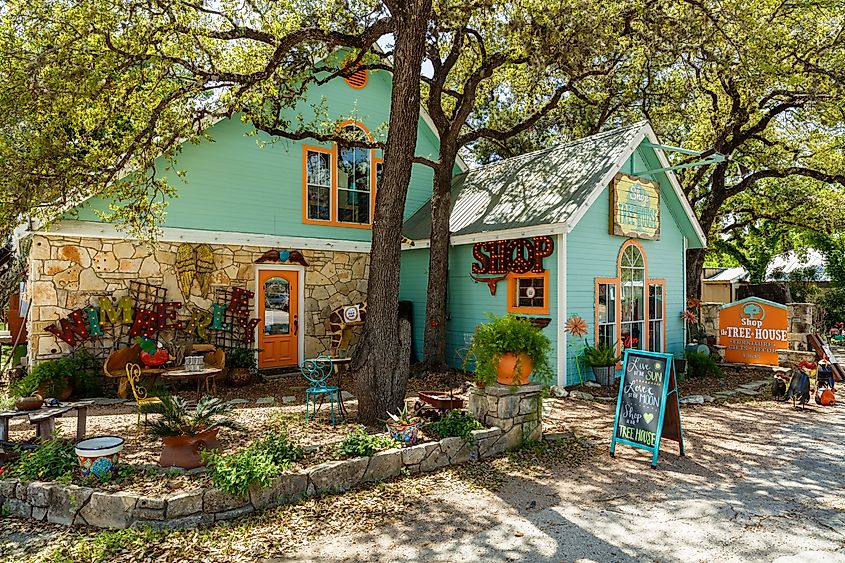
Wimberley is known for its natural swimming holes, but what truly defines it is how those places are protected and shared. The town operates with a community-managed reservation system at Blue Hole Regional Park; not to limit visitors, but to preserve the cypress-lined waters for everyone. (Blue Hole reopened after mid-June flooding but still closes on high-water days; reserve early and re-check the morning you go.) That balance between hospitality and stewardship shows up across Wimberley, where shopkeepers ask where you're from before handing you a receipt, and neighbors volunteer at trailheads. Start with a morning swim at Jacob’s Well, where a spring-fed limestone shaft draws both geologists and freedivers. Head into town for coffee at Sip on the Square, where regulars and newcomers share tables without hesitation.
Visit Art on 12, a collective gallery on Blanco Street that includes over 50 local artists; gallery staff often introduce you to whoever’s painting in the back. Hike Old Baldy Hill, where 218 stone steps lead to a panoramic view of the Wimberley Valley; it’s not uncommon to hear someone offer help on the climb or recommend a dinner spot once you reach the top.
Alpine
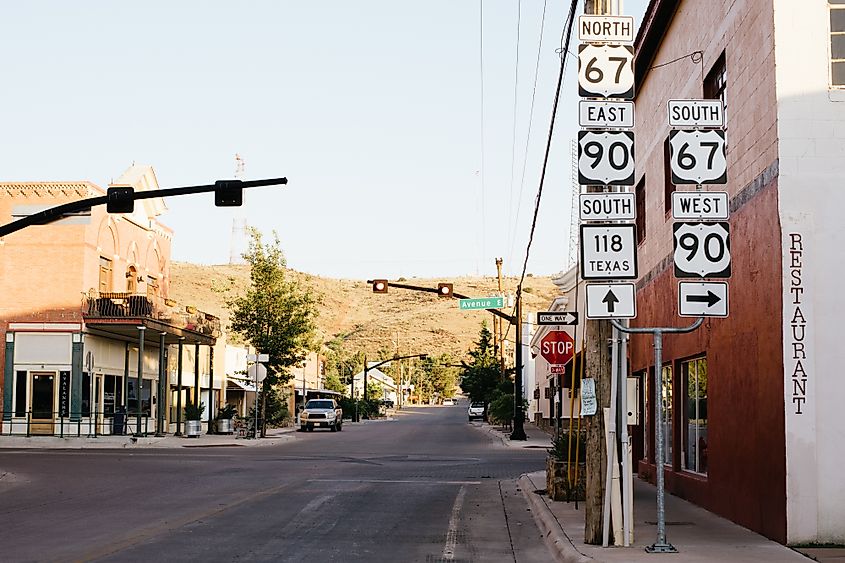
Alpine sits over 4,000 feet above sea level in the Big Bend region, one of the highest towns in Texas. What makes it stand out isn’t just elevation; it’s isolation paired with a long-standing college presence. Sul Ross State University gives Alpine a steady population of educators, historians, and artists, while the surrounding landscape keeps the pace slow and the community tightly connected. In Alpine, people wave before speaking and recommend places without being asked.
For history buffs, the Museum of the Big Bend on the Sul Ross campus exhibits document frontier ranching, border history, and the stories of the Apache and Comanche. Eat at Reata Restaurant on Holland Avenue for chicken-fried steak and prickly pear syrup, served by staff who often share their own favorite hiking routes. Stop at Front Street Books, an independent shop where the owners keep a handwritten list of local book clubs and invite visitors to join discussion nights. Finally, hike up to the Kokernot Field overlook, where locals watch high school baseball or gather for July 4th fireworks.
(Desert roads wash out fast; flash-flood warnings were active across the Big Bend on July 3.)
Johnson City
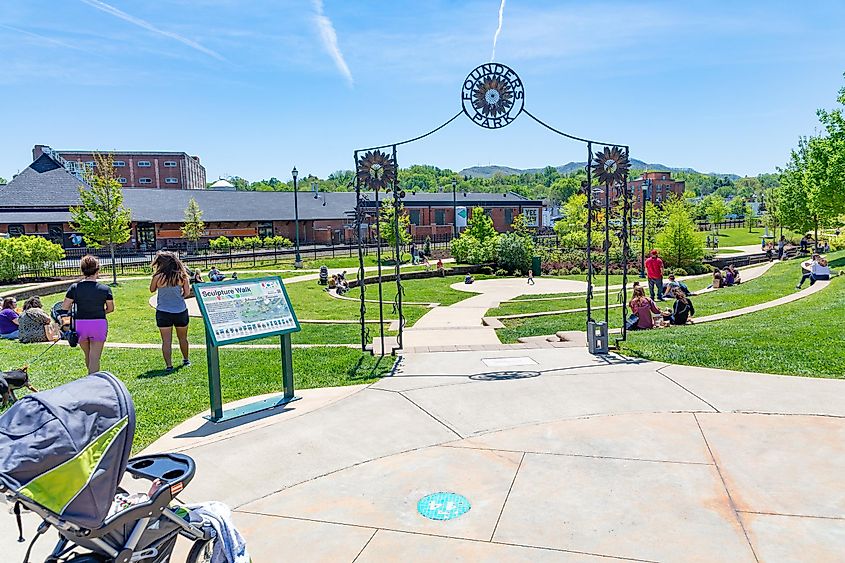
Johnson City is the hometown of Lyndon B. Johnson, and nearly every public space connects in some way to his legacy. But beyond presidential history, the town has built an identity rooted in openness and local involvement. Residents serve on museum boards, pour tastings at wineries, and volunteer at events like the Lights Spectacular display each December.
At, the LBJ National Historical Park you can walk through the boyhood home of the 36th president and talk with rangers who grew up nearby. Tour the Science Mill, a hands-on museum inside a repurposed 1880s grist mill where staff guide both kids and adults through exhibits on robotics and energy. Eat at Bryan’s on 290, where the menu changes weekly and the chef often visits tables to ask about the meal. If river levels allow, end your day at Pedernales Falls; trails along the water were closed the week of July 6, so check the park’s Facebook page for updates.
Dripping Springs
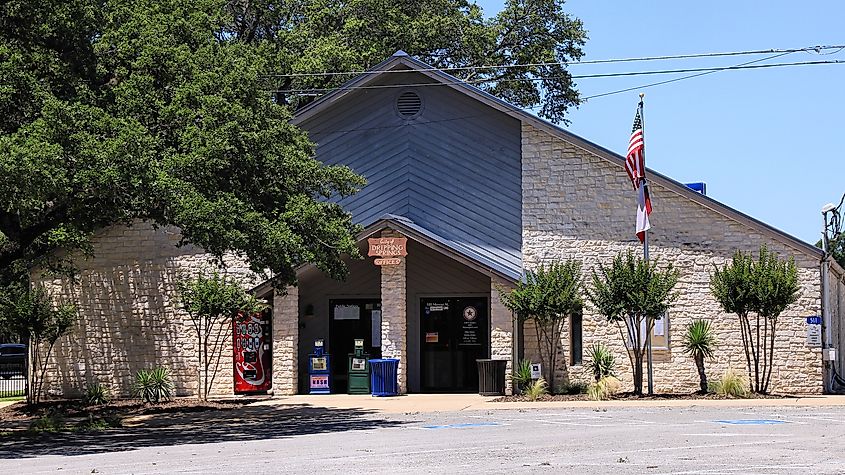
Dripping Springs is known as the “Wedding Capital of Texas,” and balances that industry with everyday hospitality. Locals often help visitors navigate winding Hill Country roads or recommend wineries without being asked. Despite its fast growth, Dripping Springs has kept its cooperative tone, shaped by long-running family businesses and hands-on community involvement. It’s common to see the same people pouring drinks at a tasting room on Saturday and working a school fundraiser on Sunday.
Start with a visit to Hamilton Pool Preserve, where advance reservations keep the swimming hole quiet and park staff explain how to protect the fragile grotto environment. (Hamilton Pool re-opened July 3 but can close again after storms; boat ramps across Travis County are still off-limits.) Eat at Rolling in Thyme & Dough on U.S. Highway 290, where owners greet many customers by name and bake bread using recipes passed down through generations. Stop at the Dr. Pound Historical Farmstead Museum, where docents often have personal connections to the homestead’s original family. End the day at Treaty Oak Distilling, a working distillery on a 28-acre ranch that hosts live music, barbecue, and whiskey tastings.
Jefferson
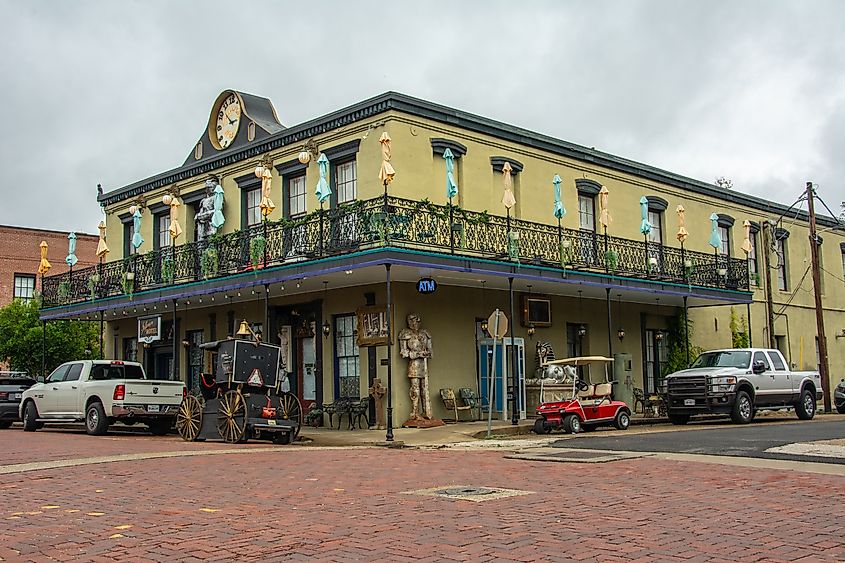
Jefferson once rivaled Galveston as a key East Texas port, before a river logjam shifted the region’s future. That near-forgotten past still shapes its culture. Historic buildings line the streets, and steamboat-era stories are told firsthand by residents who trace their families back generations.
Tour the Jefferson Historical Museum inside the old Federal Courthouse, where volunteers often share family ties to exhibits. Book a ride on the Jefferson Railway for a narrated run along Big Cypress Bayou, conductors greet each passenger before departure. Eat lunch at The KnightLight Tavern on East Austin Street, where the owner frequently steps out from the kitchen to check on tables and talk about the building’s history. Visit Made in the Shade, a used bookstore and soda fountain where customers are greeted by name and often handed local event flyers.
Texas hospitality travels well, but it thrives where highways taper into main streets and first names replace formalities. Each town here proves friendliness is an active practice: inviting strangers to the grill, recounting heritage over museum counters, or guiding paddlers toward hidden coves. Whether you arrive for lavender blooms, cowboy lore, or desert art, you’ll leave with local phone numbers—and the certainty that kindness remains the Lone Star State’s landmark.
